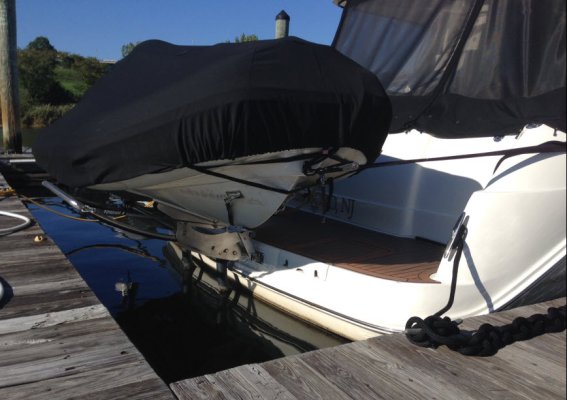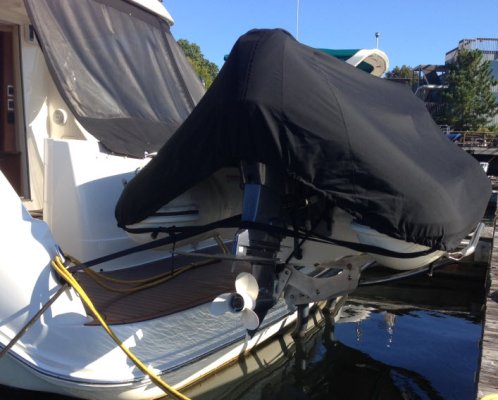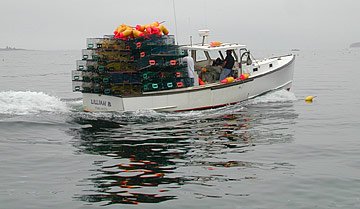Alex F
Senior Member
I’m planning to take my boat to FL for the winter and debating regarding my tender. I know that we’ll definitely get good use of it down in FL, but the puzzle is whether I should bring it by boat or trailer it.
The tender sits on hydraulic SeaLeft Cradle version (single arm).
During the delivery trip down the coast, which will be around 1200NM, I’m planning to make an offshore jump from somewhere around Charleston or Hilton Head to St. Marrys or Jacksonville, 150-200NM leg.
I have concerns for either approach. If taking by boat I’m concern about getting caught in rough seas, unexpectedly. This might put me in trouble having roughly 1000LB tender “jumping” on the lift. Obviously, I always have it properly secured and in addition, I have special custom made brackets to keep the top of the cradle even more secure (besides all 6 straps). But, most of you know that when things get rough, big boats become a cork and many (what we thought) secured items all of a sudden don’t seem so secure anymore.
I don’t think I need the tender during the delivery trip, so the obvious option is to take it to FL on a trailer. Even though this sounds like an easiest solution, I’m very concerned taking the Center Consol RIB on a 1200-1300 miles road trip. I just think that it’s so easy to have some debris fly into the tender and puncture a whole in the tubes.
This is one of those, as people say, “pick your poison”.
[FONT="]I’m sure that a lot of “snowbirds” and/or long range cruisers are dealing with this all the time. I’d love to hear some good advice and opinions[/FONT]
The tender sits on hydraulic SeaLeft Cradle version (single arm).
During the delivery trip down the coast, which will be around 1200NM, I’m planning to make an offshore jump from somewhere around Charleston or Hilton Head to St. Marrys or Jacksonville, 150-200NM leg.
I have concerns for either approach. If taking by boat I’m concern about getting caught in rough seas, unexpectedly. This might put me in trouble having roughly 1000LB tender “jumping” on the lift. Obviously, I always have it properly secured and in addition, I have special custom made brackets to keep the top of the cradle even more secure (besides all 6 straps). But, most of you know that when things get rough, big boats become a cork and many (what we thought) secured items all of a sudden don’t seem so secure anymore.
I don’t think I need the tender during the delivery trip, so the obvious option is to take it to FL on a trailer. Even though this sounds like an easiest solution, I’m very concerned taking the Center Consol RIB on a 1200-1300 miles road trip. I just think that it’s so easy to have some debris fly into the tender and puncture a whole in the tubes.
This is one of those, as people say, “pick your poison”.
[FONT="]I’m sure that a lot of “snowbirds” and/or long range cruisers are dealing with this all the time. I’d love to hear some good advice and opinions[/FONT]
Attachments
Last edited:





